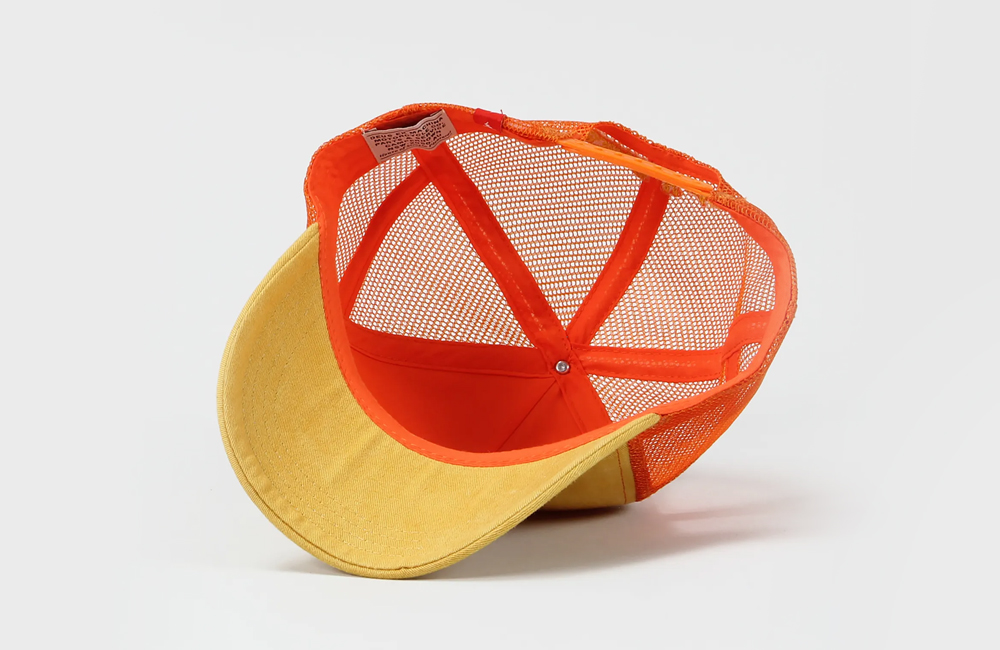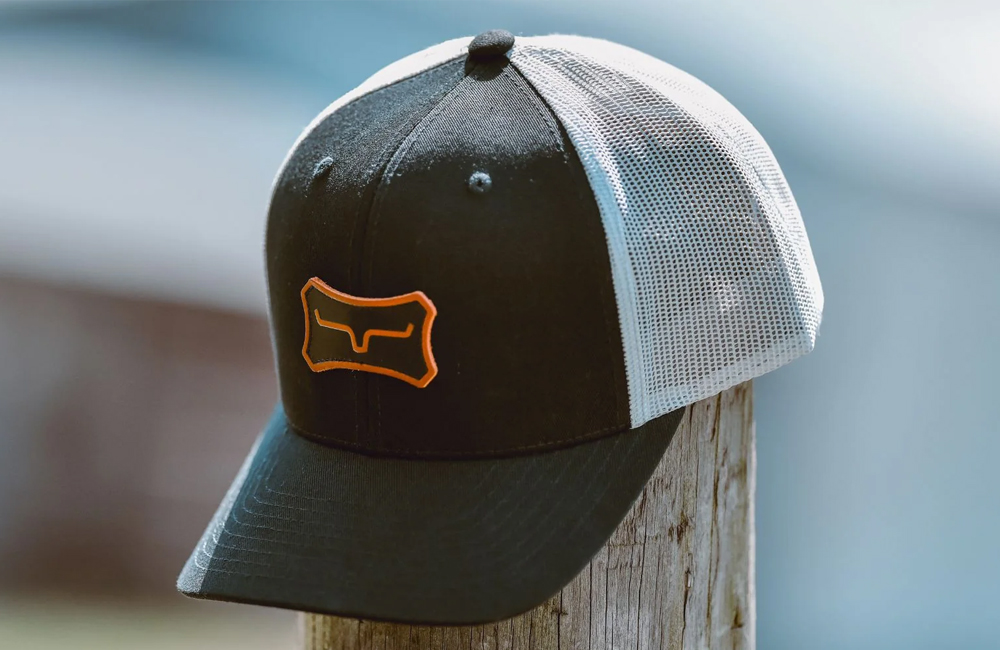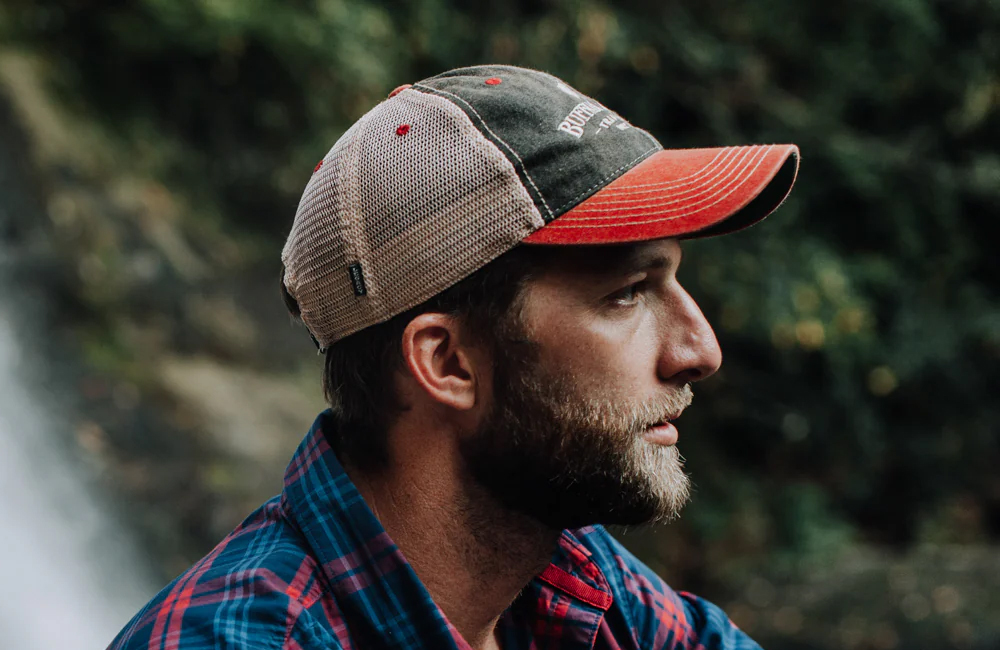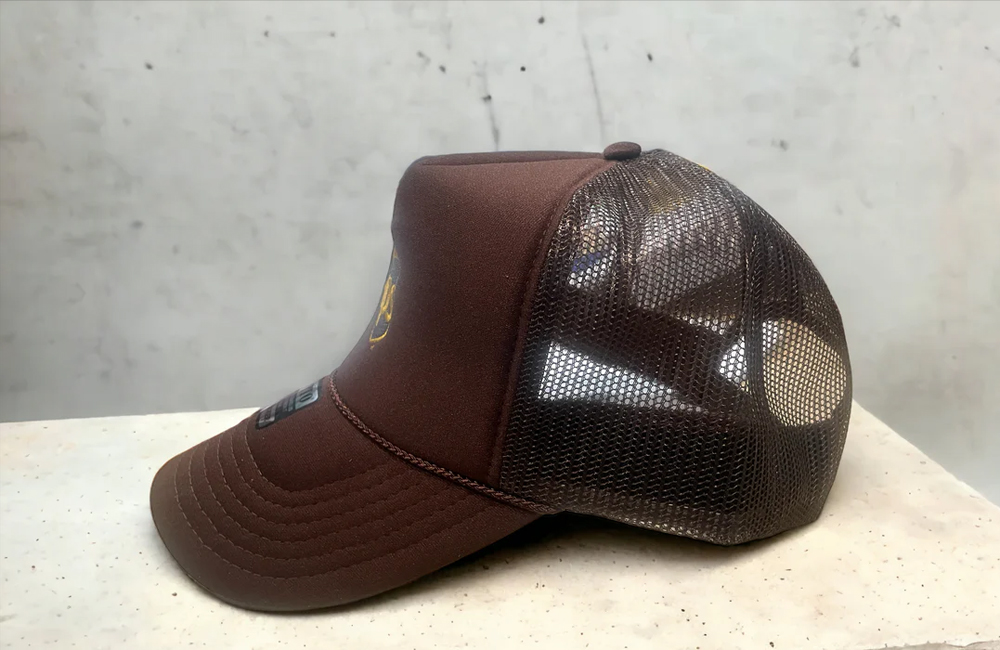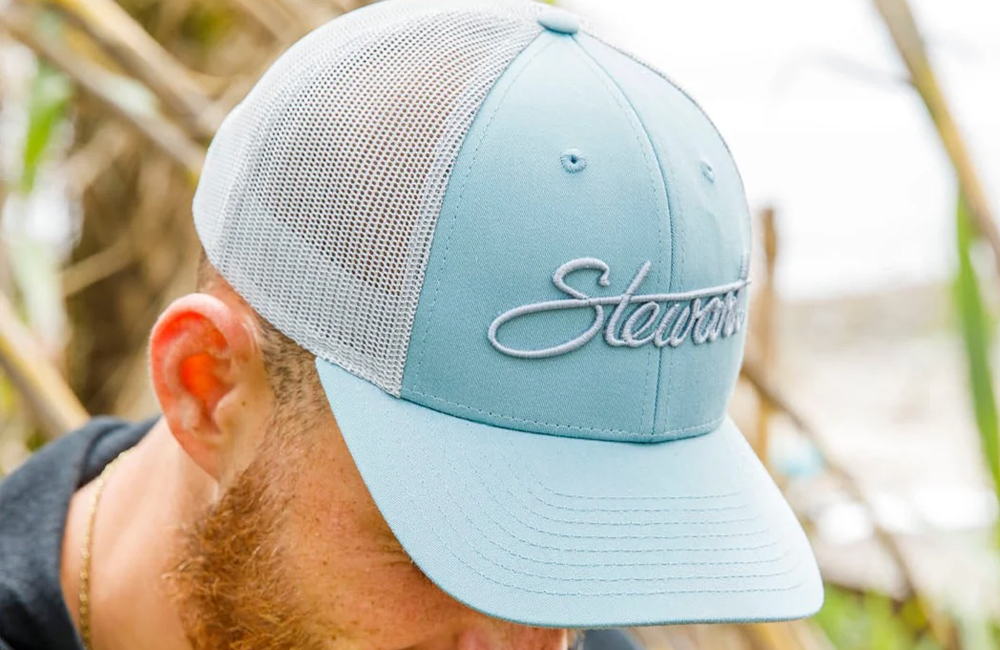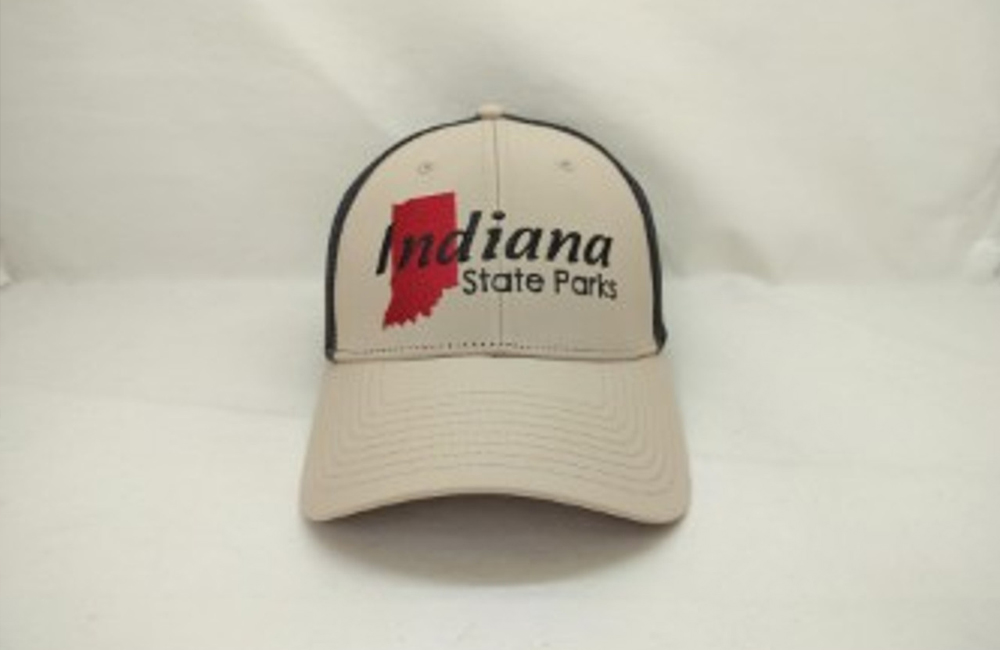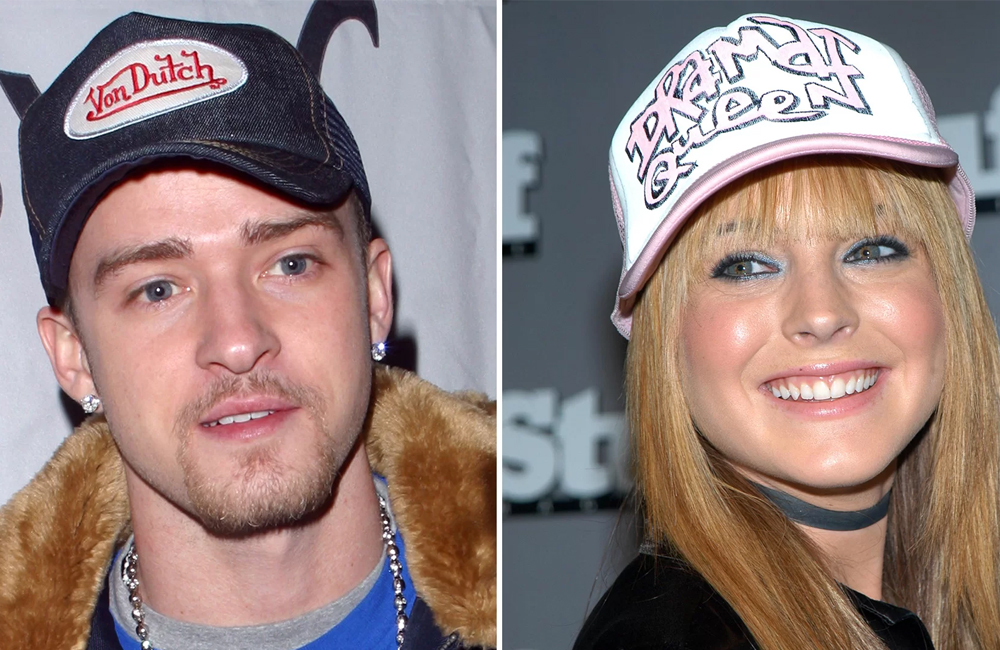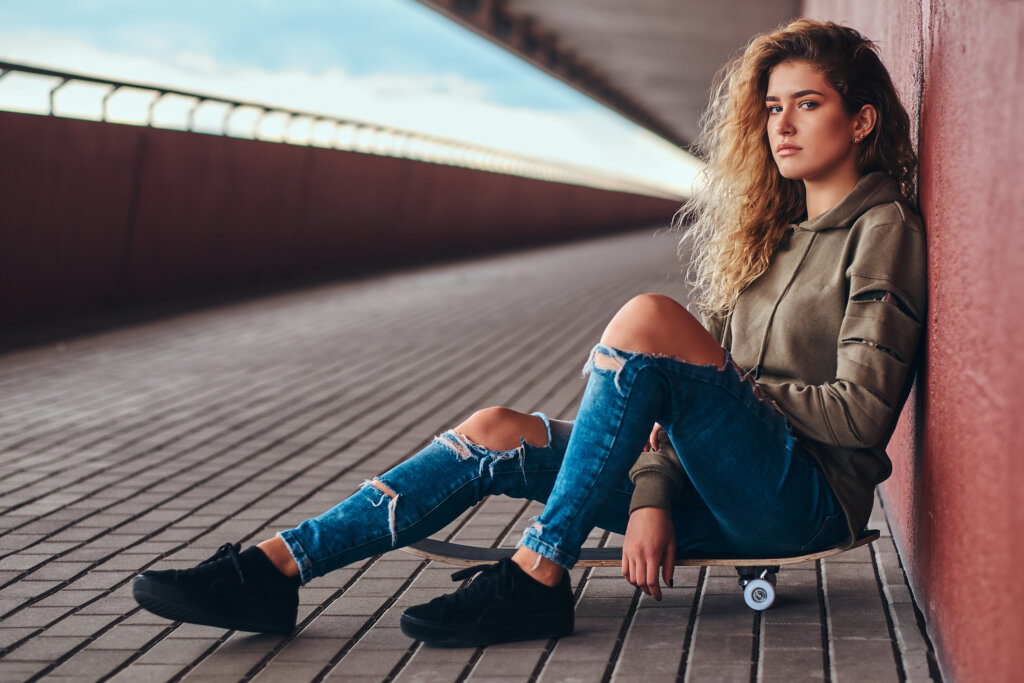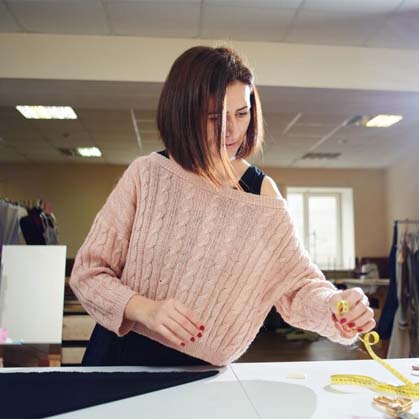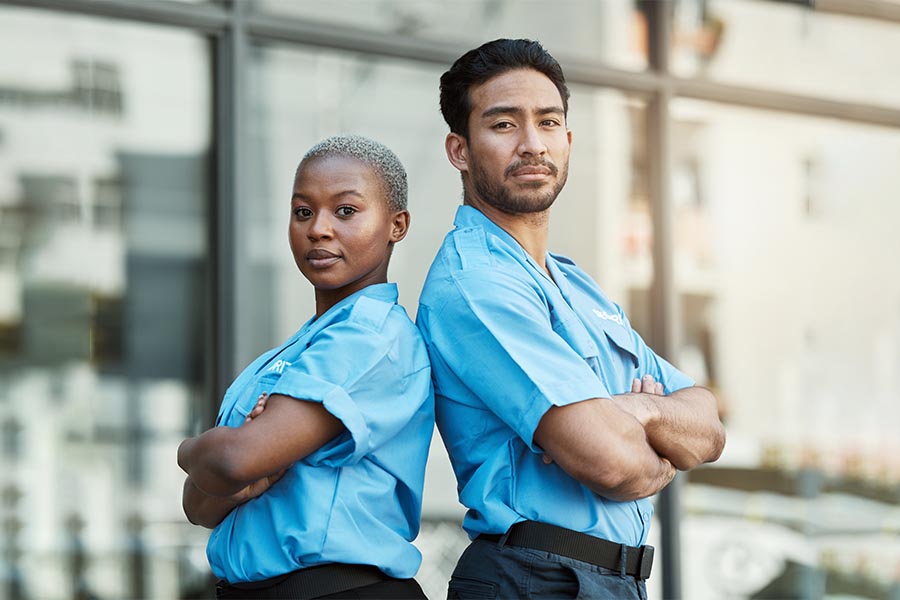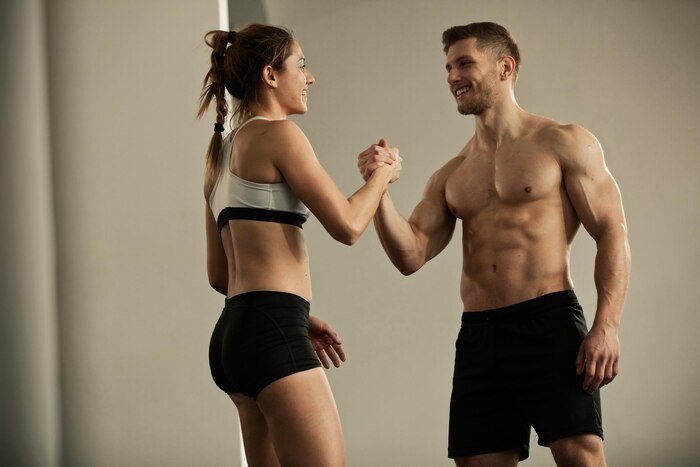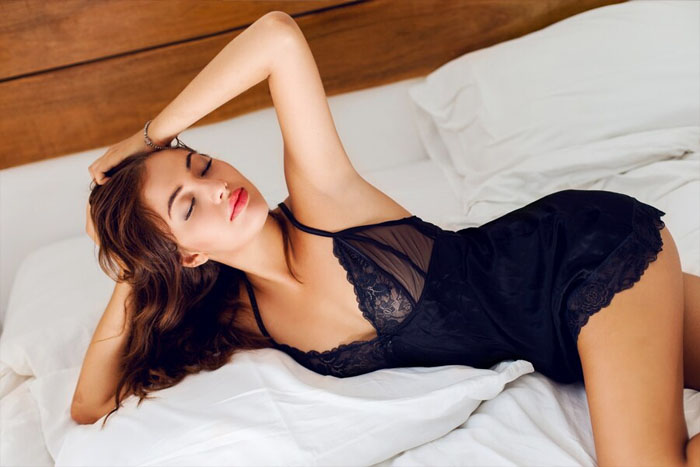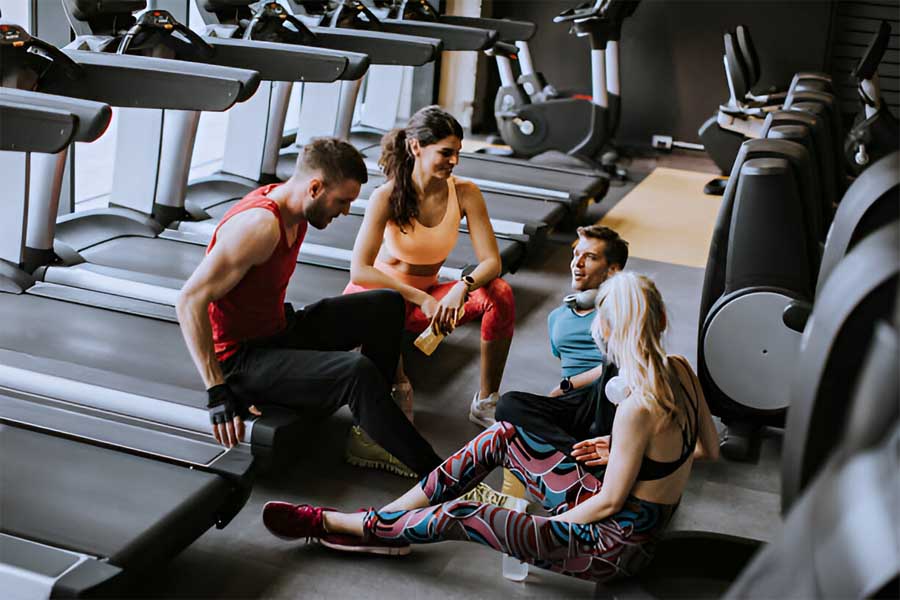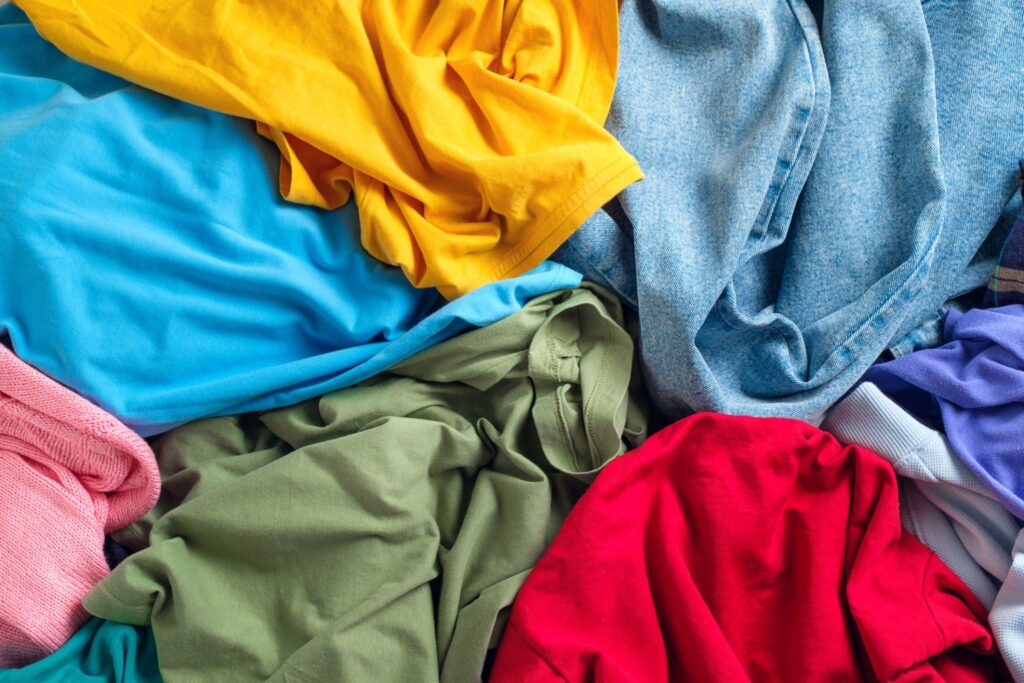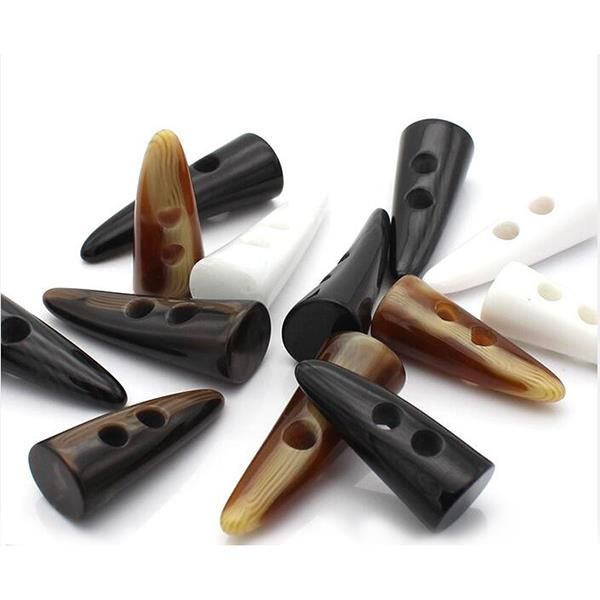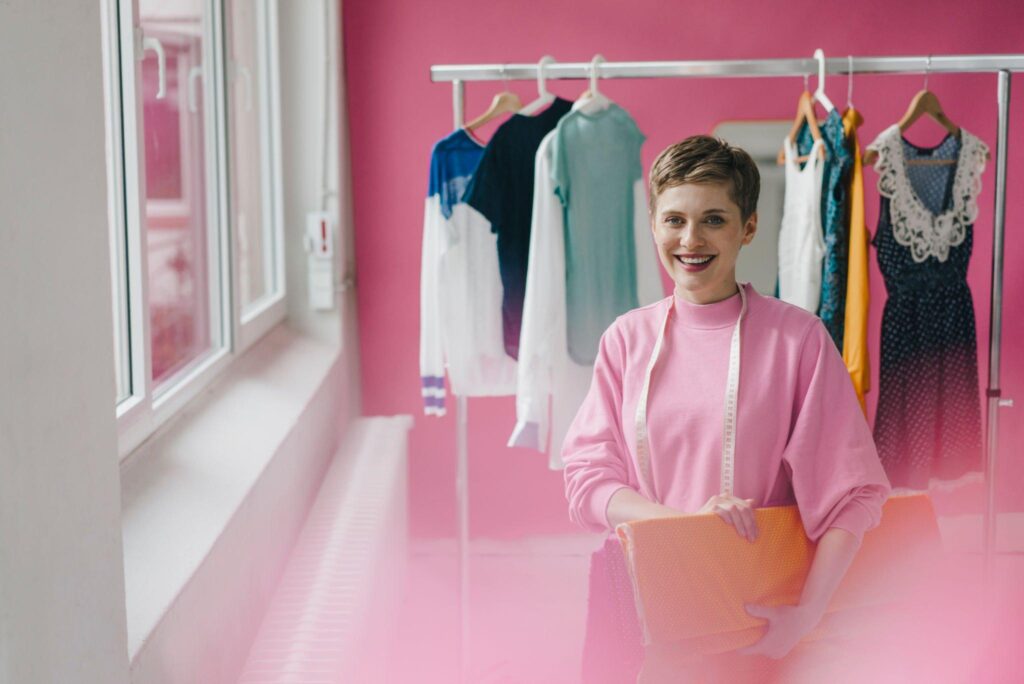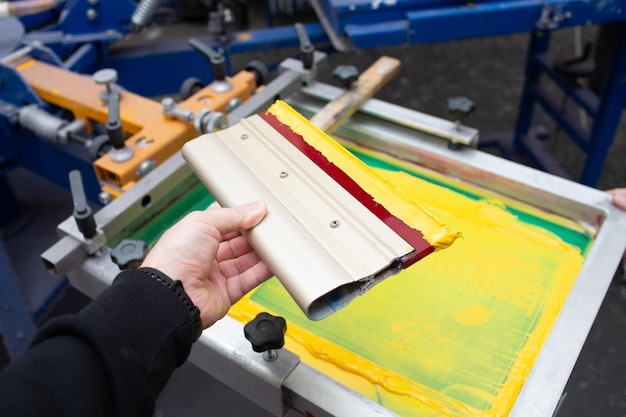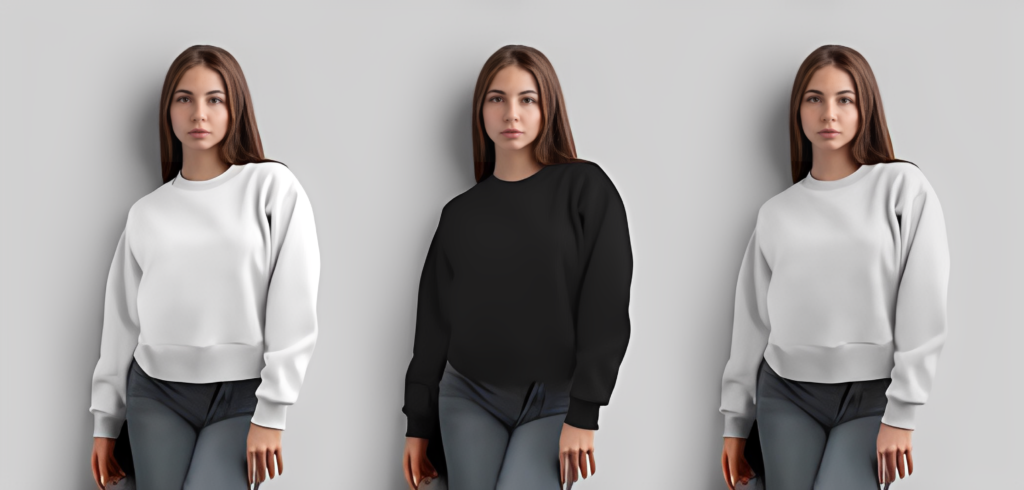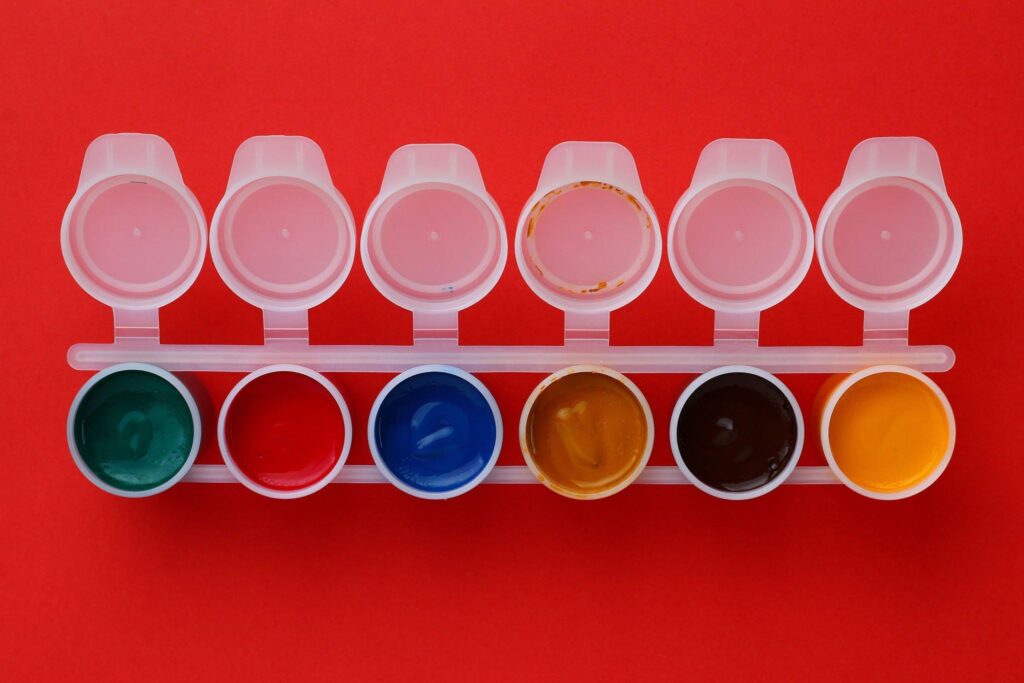Now that you’ve established a fantastic apparel line, the fundamental brand elements, such as your name, slogan, and logo, eventually determine the value of the majority of apparel companies. By registering your trademark on these components, you may add value to the brand you are developing and safeguard your business from future imitations.
But figuring out how to trademark clothing brands can be confusing and complicated. With this guide, you’ll have a clear grasp of what you may and cannot trademark, as well as how to look for trademark clothing brands, submit an application, and deal with objections.
Your dream of building a successful trademark clothing brand is within reach—let’s make it official.
What Is A Fashion Trademark?

A fashion trademark legally protects your clothing brand’s name, logo, and other brand identifiers.
The trademark may be embroidered or tag attached to the item of clothing. It is difficult to register a trademark for apparel. Without a trademark, how to start a clothing line, and branding, leading to customer confusion and lost revenue.
The main requirements for a trademark are that it be:
- Distinctive: Not too generic or descriptive. I Need to stand out.
- Original: Not already in use by another company for similar goods or services.
- Used in commerce: You must be using the trademark in the marketplace on your products or in advertising.
- Proper classification: You need to specify the types of products or services the trademark will be used for based on the USPTO classification system.
Trademarking a clothing brand typically takes 6–18 months and several hundred to over a thousand dollars in government fees. But protecting your brand’s identity and uniqueness is worth the investment. Once approved, a U.S. trademark registration lasts for 10 years, with the option to renew it indefinitely as long as it remains in use.
Can You Trademark A Piece Of Clothing?
Can you trademark a clothing brand? The short answer is yes; you can trademark certain aspects of your clothing design apps. Trademarking clothing items, logos, labels, and other brand elements helps to establish your legal claim to them and gain protection under intellectual property laws.
What Parts Of Clothing Can Be Trademarked?
Several components of your clothing brand are eligible for trademark registration, including:
- Brand names:
The actual name of your clothing brand can be trademarked to prevent others from using it. For example, “Nike” and “Adidas” are trademarked brand names.
- Logos:
Your company logo that appears on your clothing, labels, tags, and marketing materials can be trademarked. Both the Nike “swoosh” and Adidas “trefoil” logos are well-known examples.
- Unique design elements:
Distinctive design features of your clothing like prints, cuts, stitching, or other details may be trademarked if they are uniquely associated with your brand. However, basic clothing styles and simple designs typically can’t be trademarked.
- Catchphrases:
Memorable slogans and taglines used in your clothing brand’s marketing can also receive trademark protection. Nike’s “Just Do It” slogan is a popular example.
Trademarking these brand elements helps establish your exclusive right to use them in commerce. It deters copycats from creating knockoff designs and protects your brand identity in the eyes of customers. The stronger your trademarks, the more you can build brand recognition and loyalty over time.
The Trademark Registration Process
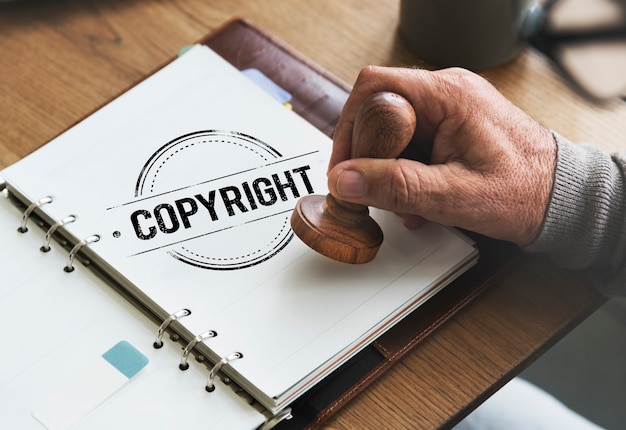
The process involves several steps:
- Conducting a trademark search to ensure your brand element is available for registration and does not infringe on existing marks
- Filing an application with the USPTO for the trademark you want to register. This includes specifying the brand element, providing examples of its use, and paying an application fee.
- Review of your application’s eligibility by USPTO. Take 3–6 months or longer.
- If approved, your trademark will be registered in the USPTO’s database. You must use it in commerce within 3 years and renew it every 10 years to maintain its registration.
Registering one or more trademarks for your clothing brand is an important step to gaining legal protection for your intellectual property and building brand equity over the long run. With the right strategy and execution, trademark clothing designs can help set you up for success.
What Are The Four Types Of Trademarks?
To officially protect your trademark clothing brand name and gain exclusive rights to your brand name and logo, you’ll want to pursue a trademark. Let’s learn about 4 types:
A word mark is the actual name of your brand, like “Nike” or “Adidas”. Protecting your brand name prevents competitors from using a confusingly similar name for their business or products. Registering a word mark gives you the broadest protection for your brand.
2. Logo Marks
A logo mark is a stylized design that represents your brand, such as the Nike “swoosh” or the Adidas trefoil. Logo marks are also commonly referred to as brand marks or symbols. Registering your logo mark prevents others from using a confusingly similar logo that could mislead customers or dilute your brand identity.
3. Combined Marks
A combined mark incorporates both your brand name and logo, like the popular Lacoste crocodile logo that includes the brand name. Combined marks offer robust protection by protecting both your brand name and logo in a single trademark registration.
4. Slogan Marks
A slogan mark protects a memorable catchphrase or tagline associated with your brand, such as Nike’s “Just Do It” or L’Oréal’s “Because I’m Worth It”. Slogan marks are optional but can be an important part of your brand identity and marketing strategy. Registering a slogan mark prevents competitors from using a confusingly similar slogan to market their products.

The specific type of trademark you pursue will depend on the distinctiveness of your brand name, logo, and any slogans. The strongest protection comes from registering inherently distinctive marks, like an arbitrary or fanciful brand name. Descriptive marks, on the other hand, may require establishing secondary meaning to qualify for registration. But with consistent and continuous use, any of these marks can become a valuable business asset worth protecting.
Can You Trademark A T-shirt?
How do I trademark my clothing line? It is a wise choice to support your clothing line’s copyright or trademark and the design, logo, or brand name that appears on your t-shirts. In order to successfully trademark t-shirt designs, bear the following in mind:
Focus On Unique Elements
To qualify for a trademark, your t-shirt design must be distinctive enough to identify the source of your goods or services. This means avoiding generic images, phrases, or logos. Think about unique fonts, illustrations, or other brand identifiers you can incorporate into your shirts. These more distinctive features will strengthen your trademark application.
Register The Design, Not Just The Brand Name
While registering your business name as a trademark is important, it does not necessarily protect the designs featured on your clothing. Be sure to also register the unique logos, graphics, or slogans displayed on your t-shirts. This will grant you exclusive rights to that design and prevent others from using something too similar on their merchandise.
Consider Trade Dress Rights
Trade dress refers to the overall visual appearance of your product or its packaging. If your t-shirt designs have a consistent and distinctive style, font, or color scheme, you may be able to claim trade dress rights in addition to registering the actual logos or slogans. Trade dress can be a powerful form of protection for clothing brands and is worth discussing with an intellectual property attorney.
Be Ready To Take Action
Trademarking a t-shirt design takes time and investment, but it is worthwhile to build brand recognition and prevent copying. With some strategic planning, you can develop distinctive and protectable trademarks for your clothing line. Be sure to consider both the visual appearance of your shirts as well as any slogans, logos, or brand names you want to register as official trademarks of your business.
Why You Should Trademark Your Clothing Brand
To protect your brand’s identity, a trademark clothing line is a crucial step. The theft of your clients by rivals who copy your brand will be prevented. Here are a few explanations:
Protect your Brand’s Identity
A trademark gives you exclusive rights to your brand name, logo, and other brand identifiers. This means no one else can use a confusingly similar name or logo to market their clothing. Your brand identity is protected.
Build Customer Trust
A ® trademark symbol next to your brand name and logo tells customers your brand is registered and legitimate. This helps establish your brand as a trusted source of clothing and accessories.
Gain a Competitive Advantage
Trademarking your clothing brand deters competitors from copying your brand identity to confuse customers or piggyback off your success. Your unique brand will stand out in the market.
Expand Into New Areas
Once you have a registered trademark, you can feel confident launching new clothing lines, opening additional locations, or expanding into related products and services under your brand. Your trademark protects future growth.
Increase Business Value
If you ever want to sell your clothing brand in the future, a registered trademark adds monetary value. It shows the brand has been legally established and protected, reducing the risk for potential buyers.
A clothing brand must conduct research to make sure the name and logo are available before the registration procedure can begin, which usually takes between 5 and 6 months.
How Much Does it Cost to Trademark a Clothing Brand?
Per type of product or service, the total price is often between $225 and $375. Having a legally protected brand identity has long-term advantages that far surpass any short-term inconveniences, despite the time and money requirements appearing to be a burden. Protecting your clothing brand with a trademark needs to be a top priority.
FAQs
Do I Have To Register My Trademark?
No, you don’t have to register a trademark to use it, but registration does provide valuable benefits. An unregistered trademark only gives you rights in the geographic area where you’re using it. Registration establishes your ownership on a national level and provides:
- Legal presumption of ownership.
- Nationwide priority.
- Ability to use the ® symbol.
- Potential for increased damages in infringement cases.
Can I Trademark A Brand Name That’s Already In Use By Another Company?
It can be difficult to register a trademark that’s already in use for similar goods or services. The USPTO will likely refuse your application if the mark is too similar to another registered trademark, which could cause consumer confusion. Some options in this scenario include:
- Choose a different brand name.
- Limit your goods and services to avoid overlap.
- Try to obtain consent from the other trademark owner.
- File for concurrent use registration if use is limited to certain geographic areas.
Conclusion
The ultimate guide to trademark clothing brands is now at your disposal. You now know exactly what to do to safeguard your brand and make sure that no one else may use your company name or emblem, despite the fact that the process may initially appear difficult.
